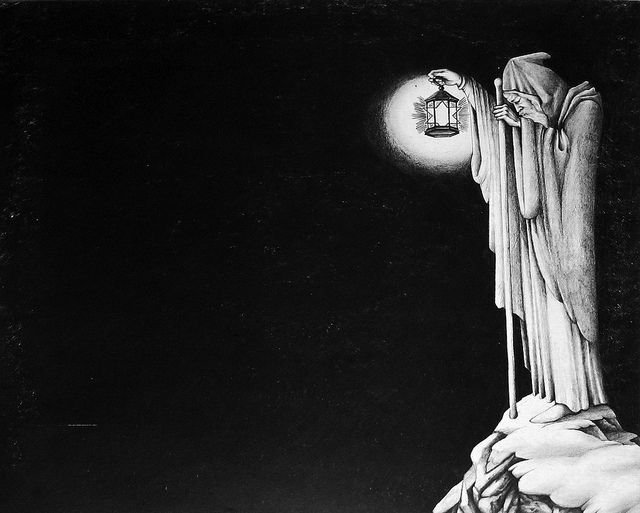
Stairway to Heaven - performed by a high school group. At a concert?
I know I’ve been light on posts recently due to a VERY hectic schedule, but I recently stumbled on this incredible video that was posted by Duncan Ferguson, a music educator in New Zealand who does incredible things - including mixing the audio on this performance. The video is the finale from the 2023 Prizegiving ceremony for St. Andrews College - an independent high school in Christchurch - at the Wolfbrook Arena. This performance brings together the school orchestra, senior choir and rock musicians for an epic ending to the Prizegiving ceremony.

Project Idea: Concert Program Notes
Want to give your students a fun project while simultaneously making your upcoming Winter Concert a lot easier? Check out this project idea that I wrote for my Podcasting Across the Curriculum publication in the MusicFirst Classroom. Rather than either announcing the pieces yourself from the stage or writing a script for your students to read, simply create student groups to research each piece that is being performed on the concert, record short podcasts that provide program notes, add QR codes to your printed program, and away you go! I hope that this project is something you can do with your students.

The Hyperscore Challenge
It’s been a while since my last post. It’s been a very busy couple of weeks. During that time I received an email from June Kinoshita, Executive Director of New Harmony Line, creators of one of my favorite musical creativity software programs, Hyperscore. Hyperscore is an innovative, game-like music composition tool originally developed at the MIT Media Lab, recently updated as a completely web-based application. Hyperscore has an engaging visual graphic interface that allows students of all ages and all musical skill levels to compose music freely with intuition and creativity. MusicFirst is a very proud reseller of Hyperscore. June wrote to me to tell me about the Hyperscore Challenge. The challenge is to use Hyperscore to complete a musical composition and share it online or at an in-person performance on June 21, 2024, which is Make Music Day, a global celebration of music-making. Whether you currently use Hyperscore with your students or this is the first time you’ve ever heard of the program, New Harmony Line is offering FREE access to students and teachers when you register for the event. Here is how it works:

6 Music Organizations to Support on Giving Tuesday
If you are looking for wonderful organizations to support on Giving Tuesday, here are 6 of my absolute favorites. All of them support music making and creation and I hope that you’ll consider lending your support today and in the future with a financial donation.
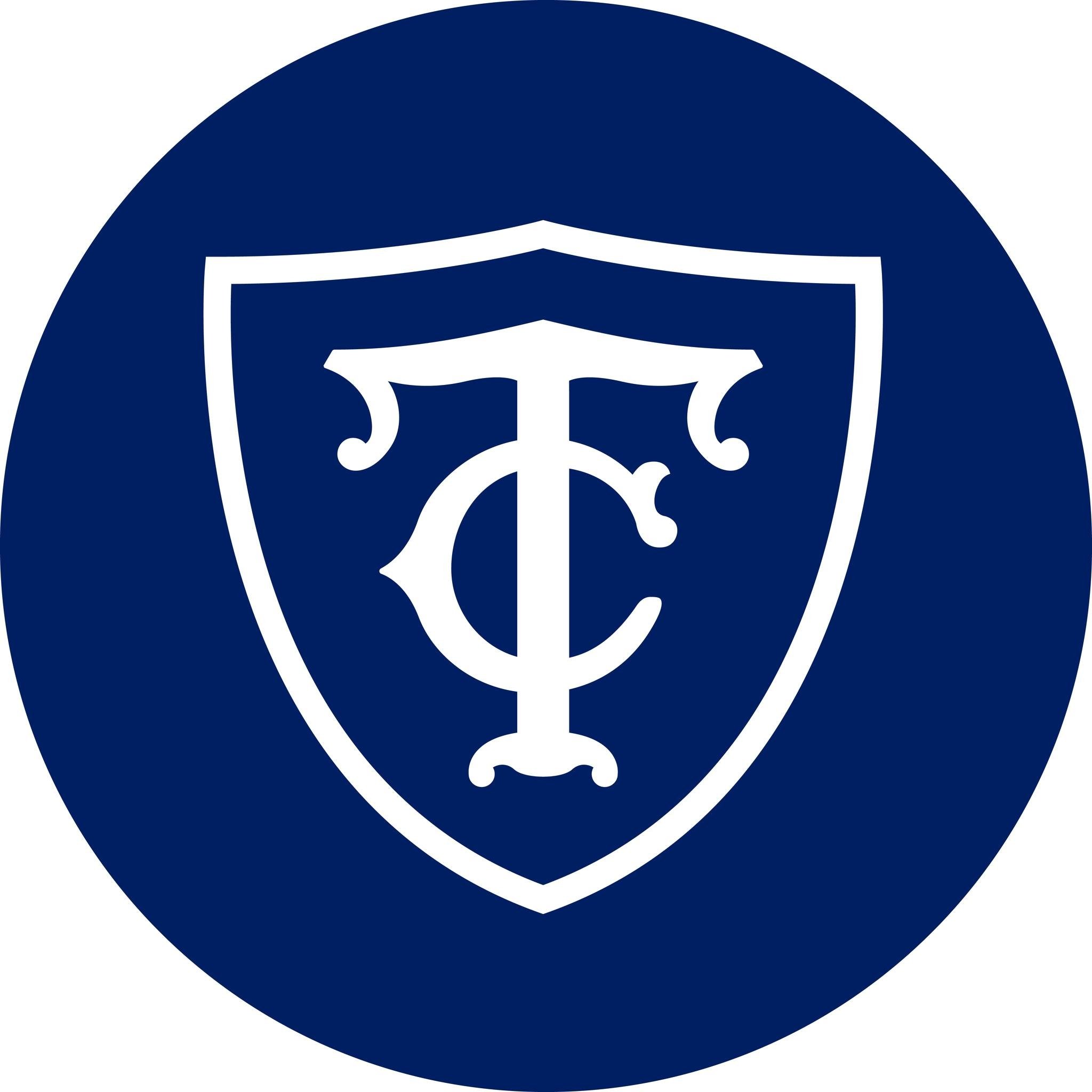
Moving On
I have been a member of the Teachers College Columbia University family for 30 years. I received my Master of Arts in Music Education in 1996, and my Doctor of Education in Music Education in 2002. I have been teaching all of the music technology courses there since January of 1999. I have met so many incredible music educators in my time there, and I have been a very proud faculty member for 25 years. Sadly, the end of this semester will mark the end of my tenure at TC. I have decided to move on to other exciting teaching opportunities. I’d like to take this opportunity to thank Dr. Hal Abeles for giving me the chance to teach at one of the premier institutions in the world, and to the many esteemed colleagues, former students, and fellow graduate students who represent some of the brightest minds in our profession.

Getting Your Music Off the Page
One of the most frequently asked questions that I have been asked by teachers and graduate students over the past twenty years is how to get existing printed sheet music and PDFs into notation software programs for editing, transposing, assessment, and distribution to students. I have always responded as follows: you have four options:
Manually type it in to your favorite notation software program;
Have a student manually type it in to your favorite notation software program;
Buy a digital version of the music on one of the many digital sheet music platforms;
Scan the music into your favorite notation software program but be prepared to do some editing.

TI:ME Announces the 2023-24 Music Technology Composition Festival
Yesterday, Technology in Music Education (TI:ME) announced their first ever festival that will focus on student compositions in a wide variety of formats. I am so happy to see this project come to fruition and I applaud the TI:ME leadership for making it happen. The festival is open to students of all ages and is broken up into 5 different age groups, and 5 different categories. It is FREE to enter and there are some really nice prizes for the top entries. If you are teacher that has your students compose as a part of your curriculum, I URGE you to let your students know about this. The deadline for entries is January 15, 2024. Entry forms can be accessed HERE. Good luck to all of the students who submit!!
To find out more about TI:ME and the amazing work that they do, visit their homepage and consider joining today!

Resource: Orchestra Classroom
Are you a strings teacher in the K-12 space? You’ll probably already know that there aren’t that many quality online free resources just for you. There is a LOT of stuff for band, some stuff for choir, but not a lot for strings. I really don’t know why. That said, there are a few fantastic resources, and Orchestra Classroom is definitely one of them. The site is the work of Angela Harman, a strings teacher in Mapleton, Utah. She is clearly passionate about providing resources for strings teachers, and has a terrific blog and online store with lots of resources. The blog is great for providing free resources and tips for teaching strings. This is a site you should definitely bookmark right now.

Tool: MusicLM
Google recently released an AI-powered music tool called MusicLM. It is a part of their AI Test Kitchen Project, which brings research projects in the field of artificial intelligence to life. The first public release is called MusicLM and what it does is convert text prompts to music.

Tool: Songtell
If you have ever wondered what what the lyrics in your favorite song are about, Songtell is an AI-powered tool that tries to do just that. Super easy to use, all you need to do is enter the title of the song into the Search bar, and Songtell will list every song that has those words in the title. When you find the song you’re looking for, just click on it (you might have to include the name of the band if it’s a popular song title) and you’ll get an AI interpretation of the lyrics. Is it always accurate? Definitely not. Is it really fast at analyzing what the lyrics themselves mean - void of any nuanced back story references? Definitely. Here are a few examples so you can judge for yourself:

Resource: CPDL
One of the most well-known and beloved sites for choral educators and composer is the Choral Public Domain Library - better known as CPDL.org. The original site was launched 25 years ago - in December of 1998 and it has become one of the world's largest free (and LGELA) sheet music sites. In 2005 the site was ported over to a new Choral Wiki which allowed users to edit, post, and more. The site hosts a HUGE collection of music scores and other supporting files (including MIDI, audio, and proprietary notation software files) which are free to be downloaded and used for any purpose. Of the 46,846 scores (as of Nov. 8 2023), most are modern editions based on the original works whose copyright has lapsed (or which are otherwise in the public domain). There are also MANY new scores composed and offered for no charge by the composers who have posted their works so that they might be performed. CPDL is an incredible resource for any musican.
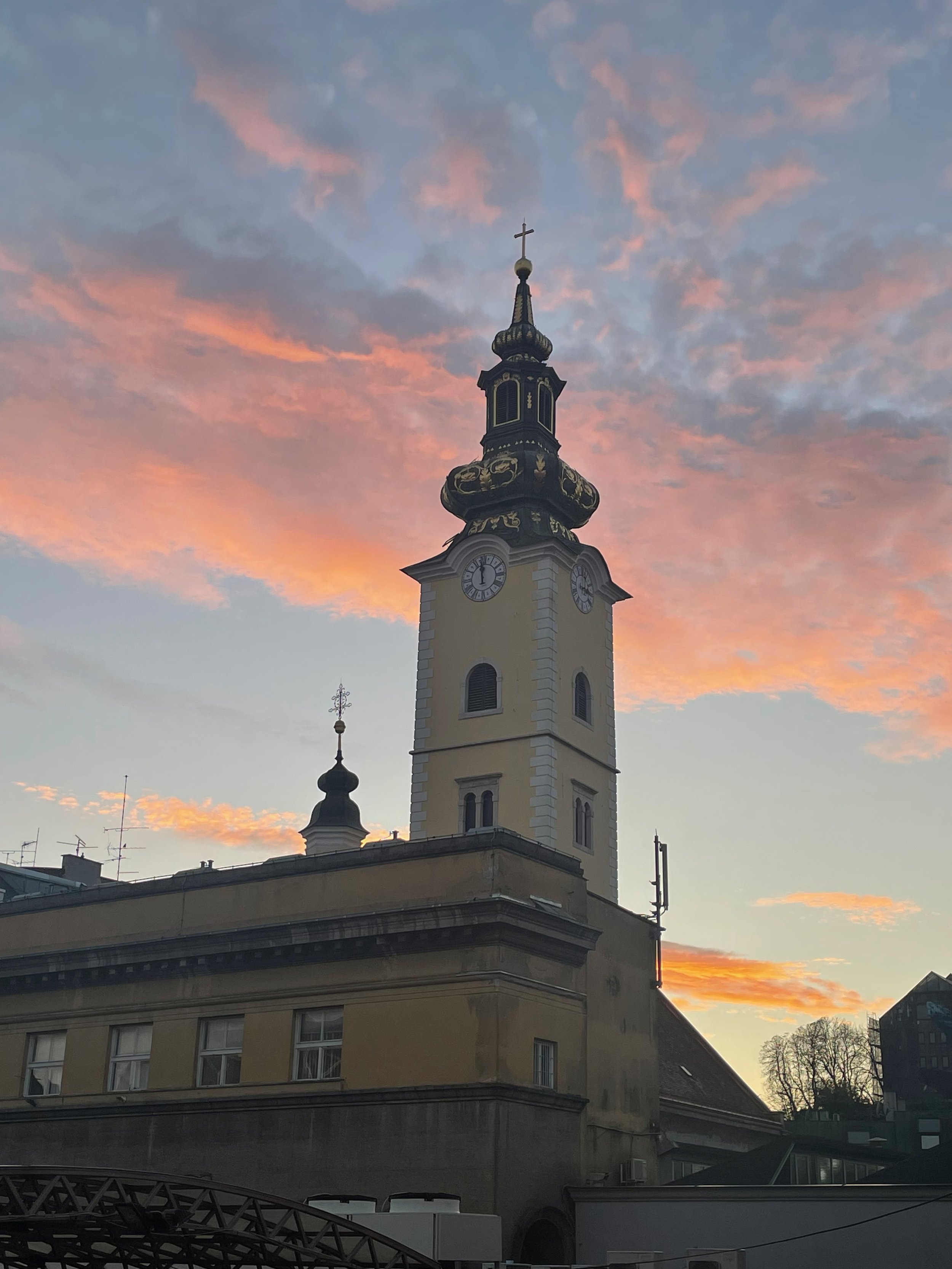
AMIS 2023 Recap
This weekend I had the distinct pleasure of presenting a Keynote Address and a MusicFirst session at the Association for Music in International Schools (AMIS) 2023 Music Educator Conference in Zagreb, Croatia. This incredible organization, that is made up of music teachers from international schools around the world, comes together once a year to share ideas, learn new things, and get together with each other from all four corners of the globe. My coleague Richard Payne and I were waving the flag as a corporate member, and had many wonderful conversations with attendees.

Meet Chordle!
Looking for a fun music game for you and your music students? Meet Chordle! I had the pleasure of meeting with its creator, Nate May, a few weeks ago and I love what he has created. Chordle is part of a larger project that Nate runs called Synthase which focuses on curriculum and training. Chordle is a great way to have fun learning about chords and their many shapes and colors. If you are a fan of Wordle and Byrdle, then Chordle is definitely a site to bookmark. Here is how it works:

Lesson Plan: Build Your Own Pop Filter
The following lesson plan is from my publication for MusicFirst titled Podcasting Across the Curriculum. It serves as both an informative lesson on audio production as well as a practical lesson where students use common household objects to build their own pop filters that can be used when recording vocals. I used to do this lesson with my students back in the mid-2000’s and they always did a great job with it. If you’d like to preview the curriculum and the many resources included with the MusicFirst Classroom, just fill out this form. I hope you enjoy this lesson with your students!

Soundtrap Adds AI-Powered Vocal Cleanup
My good friends at Soundtrap recently announced a very cool feature that harnesses the power of AI to remove background noise from any vocal track. The feature is called Vocal Cleanup and I am really impressed with the results. One of the disadvantages of students using only Chromebooks to make recordings is that the microphone isn’t the highest quality. It is very common to hear not only the usual background noise - be it a noisy classroom, talking, room noise, etc. - but also the 60 cycle hum of the CPU and sometimes a high pitched frequency known as a coil whine. Even if you and your students do have access to USB microphones and/or audio interfaces with good condenser microphones, you still will inevitably have background noise. Whether it’s a podcast or a vocal melody, no one wants to hear deal with background noise. The new Vocal Cleanup feature from Soundtrap is PERFECT for this situation.
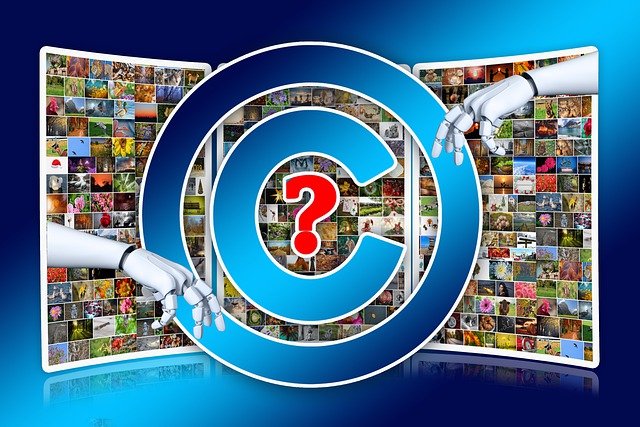
AI, Music Composition & Copyright: A New Frontier
Last week, I had the pleasure of presenting a lecture on AI in Music Education at my alma mater, Montclair State University. During the lecture, one of the graduate students asked me about US Copyright Law and how it applied to composing music. While I knew that the law does not apply to AI-generated art and music, but what about AI-assisted work? I simply didn’t know the answer. After about a week’s worth of research on the topic, and two decades of interest in US Copyright Law (I wrote a book titled The Teachers Guide to Music, Media & Copyright Law about 15 years ago), the following is what I’ve found out. In a nutshell, AI is moving so fast, the law is trying to catch up - but it has a way to go until there is real clarity.
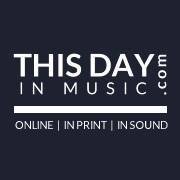
Resource: This Day in Music
You gotta love when a website delivers simple, concise content on a daily basis about the best subject in the world - music. This Day in Music is exactly that. Every day the site lists 3 main topics in popular music history based on the date:
What Was the Number One Song on the Day You Were Born?
On This Day in Popular Music History
What Famous Musician was Born on this Day
When the MusicFirst Classroom first launched back in August of 2014, we used to pull in content from this website as part of the Teacher and Student Dashboard. While we stopped doing that back in 2016 when we redesigned the dashboard, I’ve always wanted to figure out a way to get it back. I’ll keep trying. In the meantime, this is a GREAT website to bookmark and share with your students.

Resources: Composing Scary Music
With Halloween fast approaching, I thought it would be a good idea to share some excellent resources that I have used in the past to get students composing scary music - no matter what kind of software you have available. In my teaching experience, I found that students LOVE music from horror movies. Don’t believe me? Just sit down at a piano and start playing the themes from Halloween, Friday the 13th, The Exorcist - even Jaws. Kids immediately want to know how to play those songs. But what makes those theme songs scary? What impact does music have in scary movies? The following is a collection of resources to help you teach students what makes music scary - and how to compose scary music.
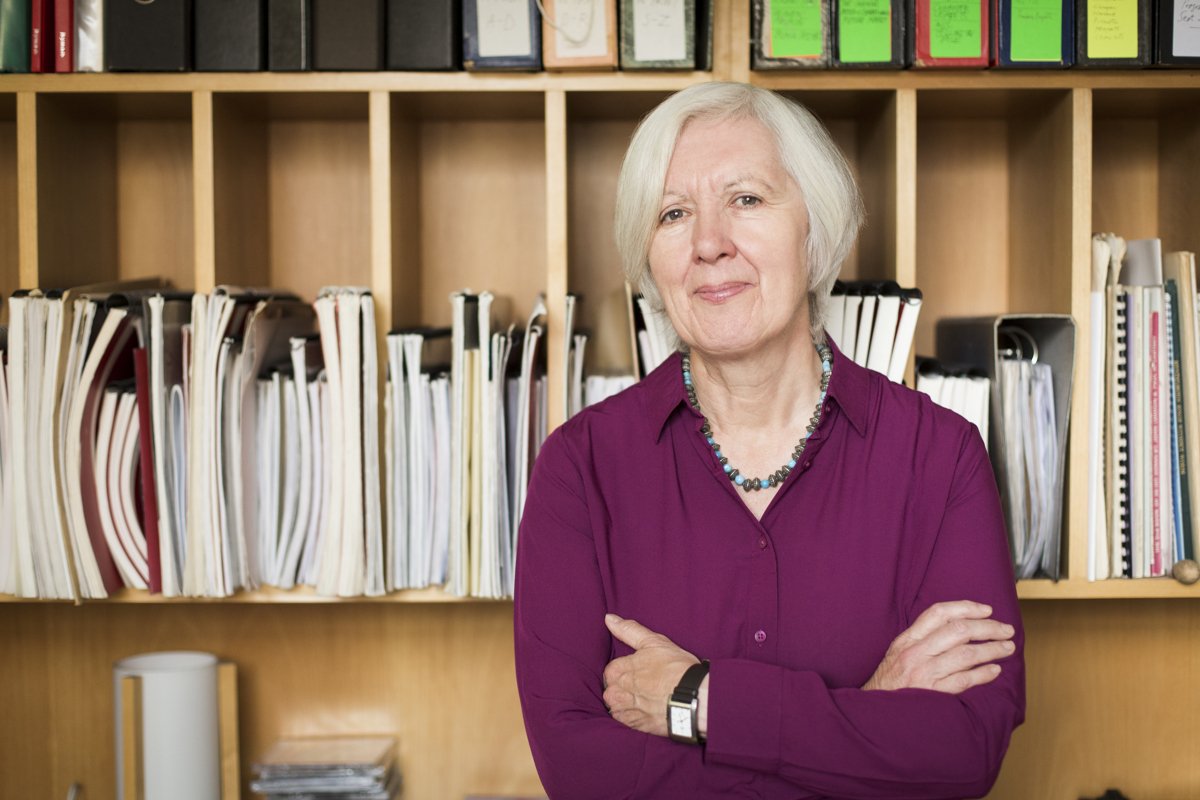
Masterclass with Judith Weir
Nearly two years ago, the UK division of MusicFirst hosted a very special free online event for young composers around the UK that encouraged them to submit original compositions using programs like Flat, Noteflight, Sibelius and Finale. There were hundreds of submissions from three different age categories - 11-14, 15-16, and 17-18. The submissions were evaluated by a team of qualified musicians and educators based on compositional technique, musicality and originality. From each age category there were two “finalists” and one “winner” selected. The finalists were then invited to participate in a live virtual masterclass with Judith Weir, where she provided commentary on each of the students' work and announced a winner of each category.

The SAMR Model & Music Technology
The SAMR Model (Substitution, Augmentation, Modification, Redefinition) provides a helpful framework for how technology can support learning activities. Created by Dr. Ruben Puentedura, this model establishes a continuum from Substitution (where technology replaces technology in traditional instruction without substantive improvement), to Augmentation (where technology improves traditional instruction), to Modification (where technology allows for significant task redesign), to Redefinition (where technology allows learning tasks that were not possible before). The model addresses the range of ways that music technology functions both serve and support traditional music instruction as well as create entirely new possibilities for music instruction, often with some overlap.